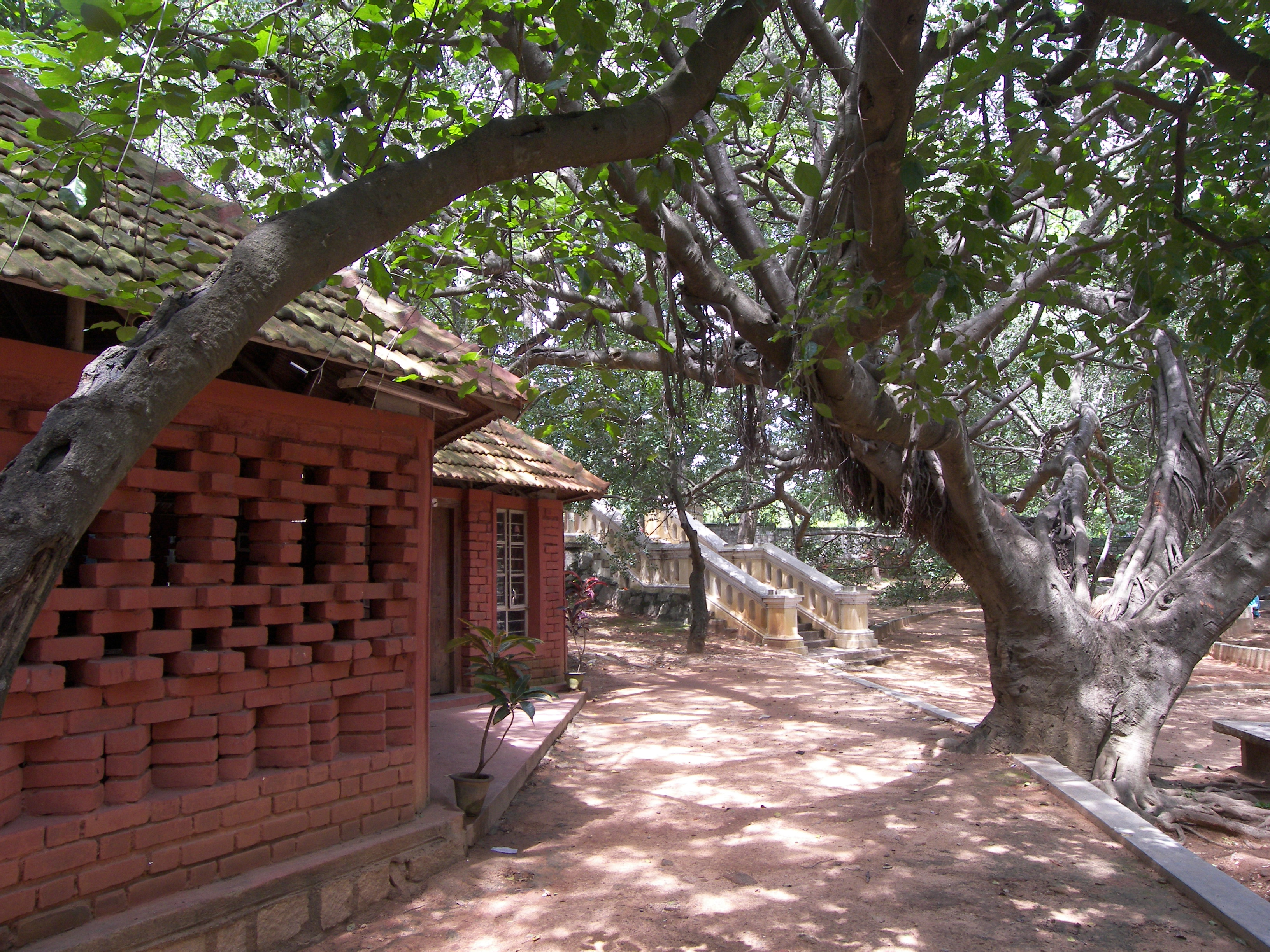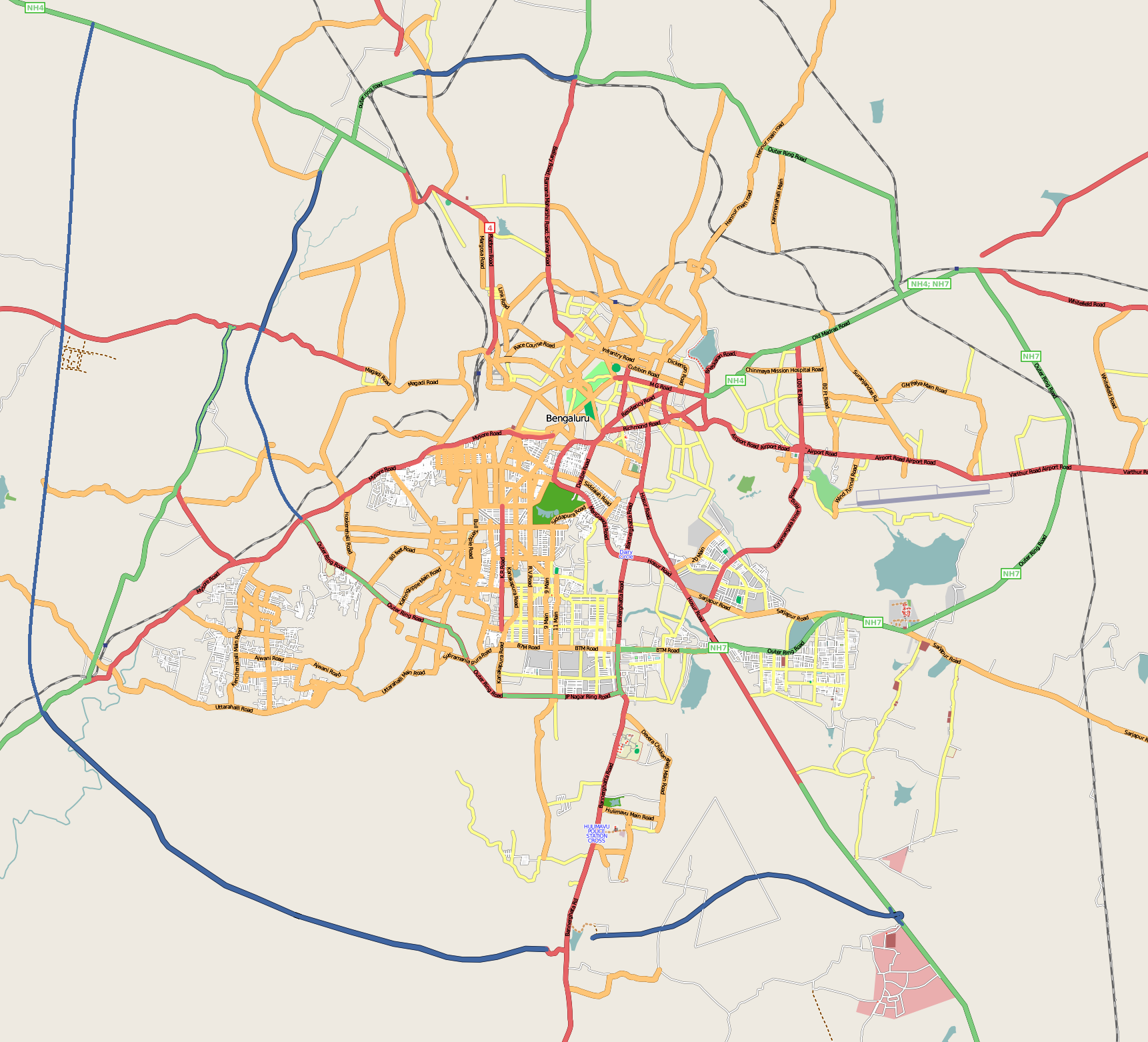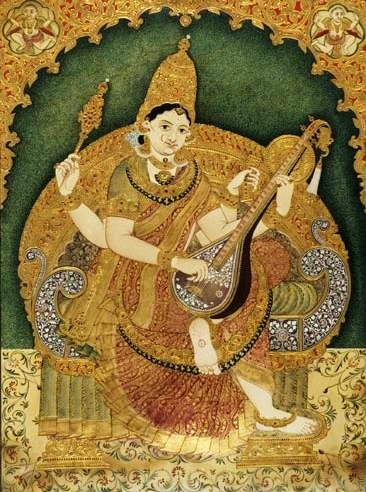|
Karnataka Chitrakala Parishath
Karnataka Chitrakala Parishath () is a visual art complex located in Bangalore. The complex has 18 galleries. 13 of these galleries carry a permanent collection of paintings, sculptures and folk art. The other galleries are rented out for exhibitions of works by artists of repute. The folk art collection showcases Mysore paintings and togalu gombeyaata, leather puppets. The Parishat runs the College of Fine Arts, a visual arts college. Each January, the Parishath organizes ''Chitra Santhe'', a cultural event showcasing affordable art to the public. The motto of the event is "Art for All". History The ''Parishath'' started off on a two-and-a-half acres of land leased by the Government of Karnataka, with initial donations from H. K. Kejriwal, an industrialist. Svetoslav Roerich donated several of his paintings and those of his father Nicholas Roerich to the ''Parishath''. In 1964, Nanjunda Rao's ''Chitrakala Vidyalaya'' was added to the ''Parishath''. In 1966, it obtained re ... [...More Info...] [...Related Items...] OR: [Wikipedia] [Google] [Baidu] |
Bangalore
Bengaluru, also known as Bangalore (List of renamed places in India#Karnataka, its official name until 1 November 2014), is the Capital city, capital and largest city of the southern States and union territories of India, Indian state of Karnataka. As per the 2011 Census of India, 2011 census, the city had a population of 8.4 million, making it the List of cities in India by population, third most populous city in India and the most populous in South India. The Bengaluru metropolitan area had a population of around 8.5 million, making it the List of million-plus urban agglomerations in India, fifth most populous urban agglomeration in the country. It is located near the center of the Deccan Plateau, at a height of above sea level. The city is known as India's "Garden City", due to its parks and greenery. Archaeological artifacts indicate that the human settlement in the region happened as early as 4000 Common Era, BCE. The first mention of the name "Bengalooru" is from an ol ... [...More Info...] [...Related Items...] OR: [Wikipedia] [Google] [Baidu] |
India
India, officially the Republic of India, is a country in South Asia. It is the List of countries and dependencies by area, seventh-largest country by area; the List of countries by population (United Nations), most populous country since 2023; and, since its independence in 1947, the world's most populous democracy. Bounded by the Indian Ocean on the south, the Arabian Sea on the southwest, and the Bay of Bengal on the southeast, it shares land borders with Pakistan to the west; China, Nepal, and Bhutan to the north; and Bangladesh and Myanmar to the east. In the Indian Ocean, India is near Sri Lanka and the Maldives; its Andaman and Nicobar Islands share a maritime border with Thailand, Myanmar, and Indonesia. Modern humans arrived on the Indian subcontinent from Africa no later than 55,000 years ago., "Y-Chromosome and Mt-DNA data support the colonization of South Asia by modern humans originating in Africa. ... Coalescence dates for most non-European populations averag ... [...More Info...] [...Related Items...] OR: [Wikipedia] [Google] [Baidu] |
Mysore Painting
Mysore painting () is an important form of classical South Indian painting style that originated in and around the town of Mysore in Karnataka. The painting style was encouraged and nurtured by the Mysore rulers. Painting in Karnataka has a long and illustrious history, tracing its origins back to the Ajanta Caves period (2nd century BC to 6th century AD). The distinct school of Mysore painting evolved from the paintings during the Vijayanagara Empire period, the rulers of Vijayanagara and their feudatories encouraged literature, art and architecture as well as religious and philosophical discussions. With the fall of the Vijayanagara Empire after the 1565 Battle of Talikota, the artists who were until then under royal patronage migrated to various places such as Mysore, Tanjore and Surpur among others. Absorbing the local artistic traditions and customs, the erstwhile Vijayanagara school of painting gradually evolved into the many styles of painting in South India, including th ... [...More Info...] [...Related Items...] OR: [Wikipedia] [Google] [Baidu] |
Togalu Gombeyaata
Togalu gombeyaata is a puppet show unique to the state of Karnataka, India. ''Togalu gombeyaata'' translates to "a play of leather dolls" in the native language of Kannada.A description of ''togalu gombeyaata'' is provided by It is a form of shadow puppetry. Karnataka Chitrakala Parishat has undertaken research on this art and has a good collection of leather puppets. History Togalu gombeyaata is one of the seven shadow puppetry artform of Southern India. Scholars believed that this tradition has also migrated from India to Sri Lanka, Indonesia and rest of the Asia. Several evidence from historic texts such as Mahabhasya and Mahabharat from 2nd Century suggests that the art of shadow puppetry or similar art forms have existed since first Millennium BC. In Karnataka, the art of shadow puppetry received royal patronage in 2nd Century and further by Rashtrakutas in 10th century followed by Vijayanagara Empire in 15th century. The art form spread in other others parts of the ... [...More Info...] [...Related Items...] OR: [Wikipedia] [Google] [Baidu] |
Svetoslav Roerich
Svetoslav or Svyatoslav Nikolayevich Roerich (; 23 October 1904 – 30 January 1993) was a Russian-Indian painter based in India. He was the son of Helena and Nicholas Roerich and studied from a young age under his father's tutelage. He studied architecture in England in 1919 and entered Columbia University's school of architecture in 1920. He won the Grand Prix of the Sesquicentennial Exposition in Philadelphia in 1926. Biography He lived for many years in India where Jawaharlal Nehru awarded him the International Award and the Padma Bhushan. His paintings of Nehru and Indira Gandhi, adorn the historic Central Parliament Hall in New Delhi. He was married in 1945 to an Indian movie star Devika Rani, who was once married to producer Himanshu Rai and known as "The First Lady of the Indian Screen". Roerich was born a citizen of the Russian Empire, but became stateless after the Bolshevik Revolution. Resident in India since the 1930s, Roerich became an Indian citizen on 21 March ... [...More Info...] [...Related Items...] OR: [Wikipedia] [Google] [Baidu] |
Nicholas Roerich
Nikolai Konstantinovich Rerikh (), better known as Nicholas Roerich (; October 9, 1874 – December 13, 1947), was a Russian painter, writer, archaeologist, theosophist, philosopher, and public figure. In his youth he was influenced by Russian Symbolism, a movement in Russian society centered on the spiritual. He was interested in hypnosis and other spiritual practices and his paintings are said to have hypnotic expression. Born in Saint Petersburg, to a well-to-do Baltic German father and to a Russian mother, Roerich lived in various places in the world until his death in Naggar, India. Trained as an artist and a lawyer, his main interests were literature, philosophy, archaeology, and especially art. Roerich was a dedicated activist for the cause of preserving art and architecture during times of war. He was nominated several times to the longlist for the Nobel Peace Prize. The so-called Roerich Pact (for the protection of cultural objects) was signed into law by the Unit ... [...More Info...] [...Related Items...] OR: [Wikipedia] [Google] [Baidu] |
Lalit Kala Akademi
The Lalit Kala Akademi or National Academy of Art (LKA) is India's national academy of fine arts. It is an autonomous organisation, established in New Delhi in 1954 by Government of India to promote and propagate understanding of Indian art, in and outside the country. LKA provides scholarships and a fellow program, and sponsors and organises exhibitions in India and overseas. It publishes a bilingual journal. It is funded by the Union Ministry of Culture. Its headquarters are at Ravindra Bhawan, Ferozshah Road, New Delhi. History After achieving independence in 1947, the leaders of the nationalist movement realised the value of culture as a vehicle of interaction and its importance in shaping not only the Indian identity on its own, but also carving out a sphere of interaction where other art forms would further the cause of national unity. It was seen necessary that a cultural reorganisation of the nation should come through the institutional infrastructure of the state. T ... [...More Info...] [...Related Items...] OR: [Wikipedia] [Google] [Baidu] |
Museums In Bengaluru
A museum is an institution dedicated to displaying or preserving culturally or scientifically significant objects. Many museums have exhibitions of these objects on public display, and some have private collections that are used by researchers and specialists. Museums host a much wider range of objects than a library, and they usually focus on a specific theme, such as the arts, science, natural history or local history. Public museums that host exhibitions and interactive demonstrations are often tourist attractions, and many draw large numbers of visitors from outside of their host country, with the most visited museums in the world attracting millions of visitors annually. Since the establishment of the earliest known museum in ancient times, museums have been associated with academia and the preservation of rare items. Museums originated as private collections of interesting items, and not until much later did the emphasis on educating the public take root. Etymology The ... [...More Info...] [...Related Items...] OR: [Wikipedia] [Google] [Baidu] |





